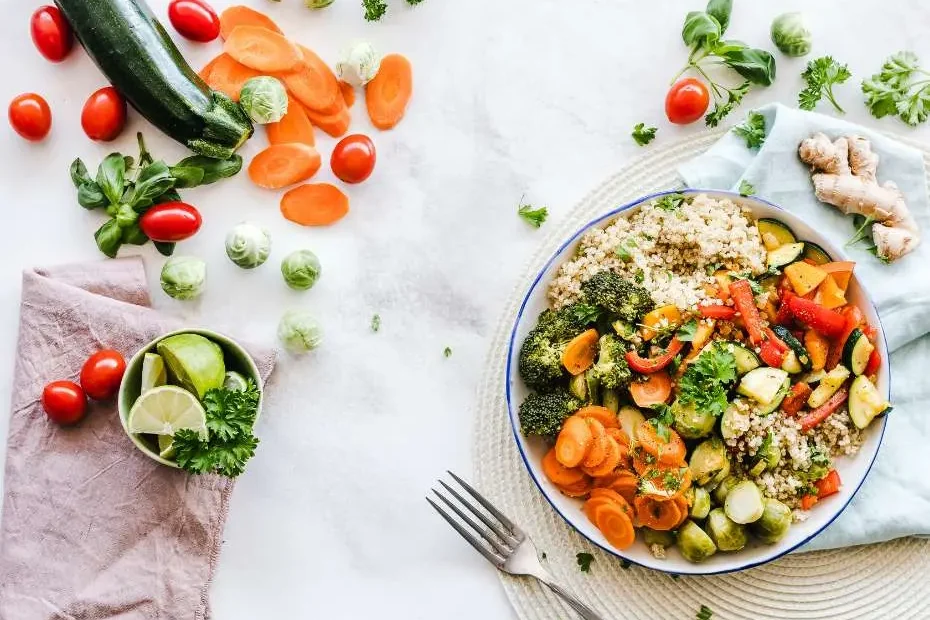In time for your next gathering, it’s crucial to know the do’s and don’ts of preparing a fresh veggie tray. Whether you’re hosting a party or just looking for a healthy snack option, following these guidelines will ensure your veggie tray is a hit. From selecting the freshest produce to avoiding common pitfalls, we’ve got you covered with expert tips to help you create a vibrant and appetizing platter.
Types of Vegetables for Your Tray
The vegetables you choose for your fresh veggie tray can make all the difference in its overall appeal. Here are some key points to consider when selecting the perfect assortment:
| Seasonal Varieties: | Color and Texture Considerations: |
| – Cucumbers | – Crunchy |
| – Cherry Tomatoes | – Vibrant |
| – Carrots | – Diverse |
| – Bell Peppers | – Complementary |
| – Snap Peas | – Fresh |
Seasonal Varieties
Seasonal varieties are a great way to ensure your fresh veggie tray is filled with the freshest options available. In the spring, consider including crisp asparagus and radishes. Summer offers an abundance of colorful options like sweet bell peppers and juicy cherry tomatoes.
Fall brings hearty choices such as crunchy carrots and earthy beets. Winter can be a bit more challenging but you can still enjoy crunchy celery and sweet snow peas. Perceiving the seasonal changes in produce can help you create a visually appealing and delicious veggie tray year-round.
Color and Texture Considerations
Some vegetables are not only delicious but also add visual interest and varying textures to your veggie tray. Including a mix of crunchy, vibrant, and complementary options can create a visually stunning display that is as appealing to the eyes as it is to the palate.
To create a well-rounded tray, consider including a variety of colors such as red, green, orange, and yellow. Additionally, mixing textures like crunchy cucumbers, crisp bell peppers, and juicy cherry tomatoes can elevate the overall eating experience for your guests.
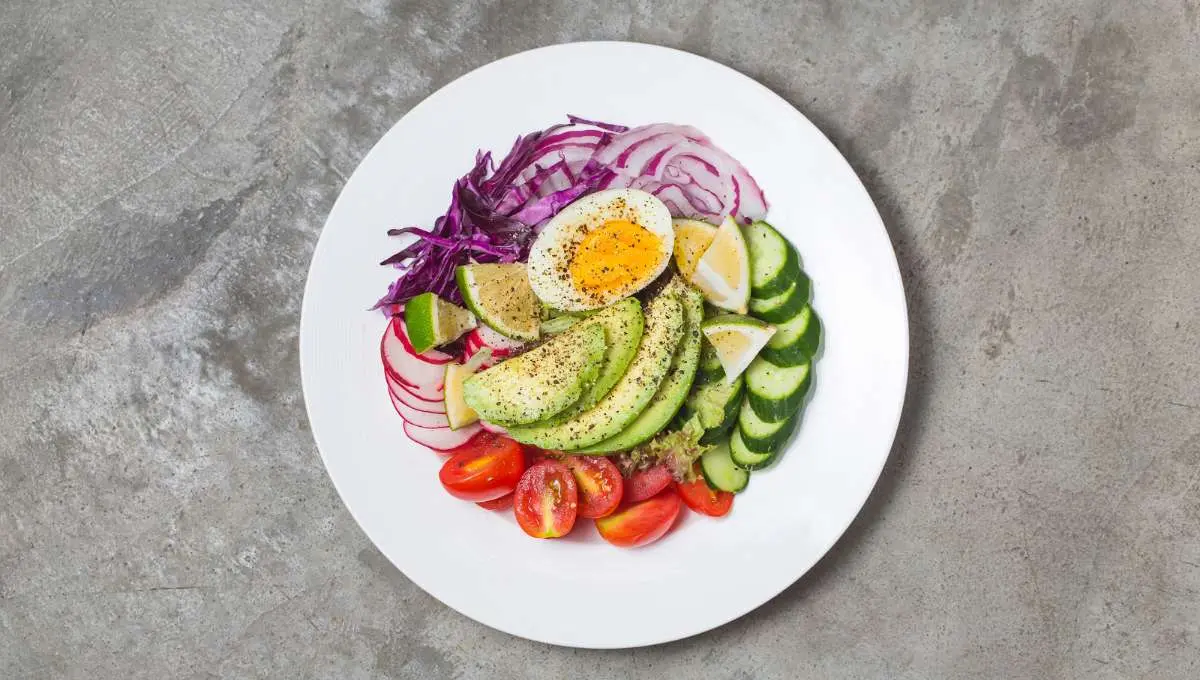
Selecting the Right Vegetables
Little can compare to a beautifully arranged veggie tray, filled with vibrant and delicious vegetables that are ready to be enjoyed. When considering selecting the right vegetables for your tray, there are several factors to keep in mind to ensure that you are offering the best choices to your guests.
Factors to Look For
- Freshness: Look for vegetables that are firm, with vibrant colors and crisp textures. Avoid any vegetables that are wilting or have soft spots.
- Seasonality: Choose vegetables that are in season for the best flavor and nutrition. Seasonal vegetables are more likely to be fresher and locally sourced.
- Variety: Include a variety of vegetables with different colors, flavors, and textures to appeal to a range of taste preferences.
Perceiving the quality of the vegetables will ensure that your veggie tray is a hit at any gathering.
Organic vs. Non-Organic Choices
Now, when it comes to deciding between organic and non-organic vegetables for your veggie tray, it’s crucial to consider your options carefully. Organic vegetables are grown without the use of synthetic pesticides, fertilizers, or genetically modified organisms (GMOs), making them a more environmentally friendly and potentially healthier choice.
This makes organic vegetables an excellent option for those looking to minimize their exposure to potentially harmful chemicals and support sustainable farming practices. However, it’s important to note that non-organic vegetables can still be nutritious and delicious, especially if sourced from reputable growers. Ultimately, the choice between organic and non-organic vegetables comes down to personal preferences and priorities.
Tools and Equipment
Cutting and Slicing Essentials
For a successful veggie tray prep, having the right tools on hand is crucial. With respect to cutting and slicing importants, a sharp chef’s knife and a sturdy cutting board are must-haves. A quality knife will make slicing through vegetables a breeze and ensure clean, even cuts.
Additionally, a reliable cutting board will provide a stable surface for efficient prep work. Investing in these tools will not only make the process easier but also help you achieve professional-looking results.
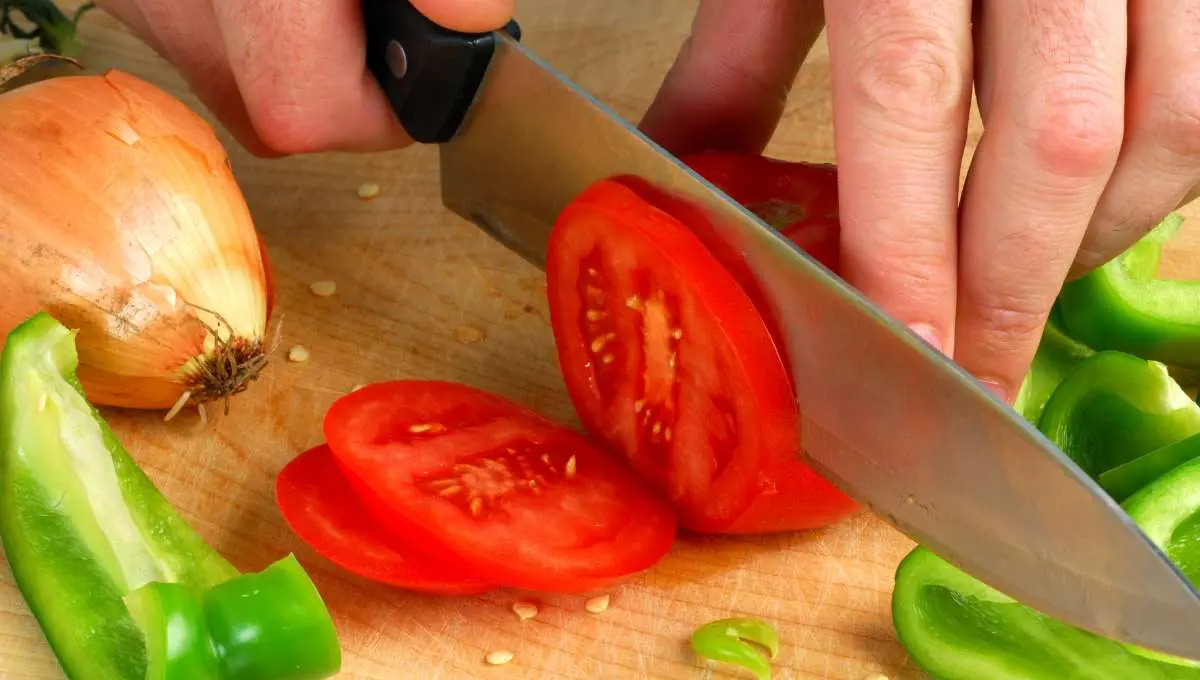
Presentation and Serving Accessories
For an eye-catching veggie tray presentation, consider including accessories such as decorative toothpicks, serving platters, and dip bowls. These items can add a touch of elegance to your spread and make it more visually appealing. Arrange the vegetables artfully on the platter and use the dip bowls strategically to create a balanced look. Bear in mind, that presentation is key when it comes to making a memorable veggie tray.
Slicing vegetables in uniform shapes and sizes is not only aesthetically pleasing but also ensures that each piece is easy to pick up and enjoy. Consider investing in a mandoline slicer for quick and consistent cuts. This tool can help you achieve professional results with minimal effort, making your veggie tray prep a breeze. Ensure to handle the mandoline slicer with caution, as the blades are extremely sharp.
Step-by-Step Preparation
Your fresh veggie tray is a perfect way to showcase a variety of colorful and nutritious vegetables for any occasion. To ensure your tray looks appealing and appetizing, it’s important to follow proper preparation techniques. Let’s break down the preparation process into key steps for creating a stunning veggie tray that will wow your guests.
| Washing and Cleaning | Cutting and Slicing Techniques |
| Washing and Cleaning | Cutting and Slicing Techniques |
Washing and Cleaning
Some key do’s and don’ts for washing and cleaning your vegetables include using a vegetable brush to scrub the surfaces of sturdy veggies like carrots and cucumbers. Be sure to rinse all vegetables under cold running water to remove any dirt or residue. Avoid soaking vegetables for an extended period as this can cause them to become waterlogged and lose their crispness.
Cutting and Slicing Techniques
An important aspect of preparing a veggie tray is mastering cutting and slicing techniques to create visually appealing shapes and sizes. Some commonly used techniques include julienning, slicing, and chopping vegetables into bite-sized pieces. It’s important to use a sharp knife to ensure clean cuts and to maintain the integrity of the vegetables’ textures.
Cutting the vegetables uniformly ensures a professional presentation and makes it easier for your guests to pick up and enjoy. Remember to consider the shape and color of each vegetable when deciding on the cutting technique to highlight the beauty of the produce on your tray.
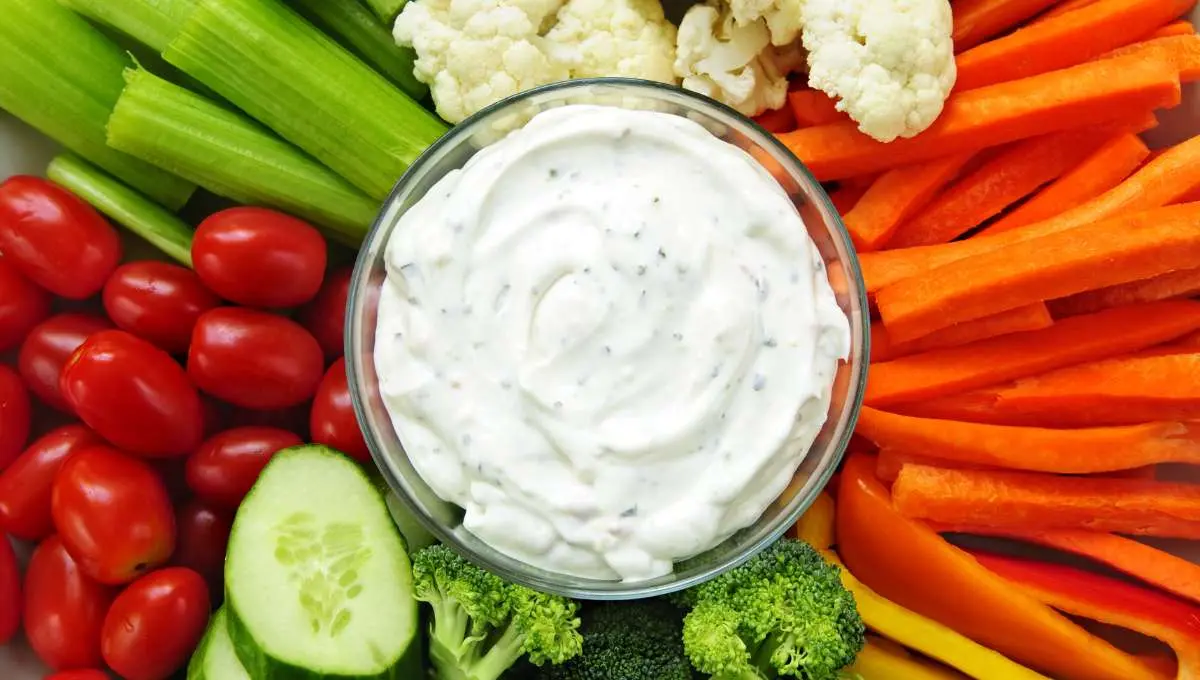
Arranging Your Tray
Cutting fresh vegetables for your tray is just the beginning — arranging them in an eye-catching display is key to impressing your guests. Some important tips for arranging your veggie tray include starting with a focal point, such as a colorful dip or a centerpiece vegetable. Arrange your vegetables in a visually appealing manner, grouping different colors and shapes together for a vibrant and enticing display.
Arranging Your Tray
An organized and visually appealing arrangement of vegetables will entice your guests to dig in. Consider using decorative dishes or garnishes to elevate the presentation of your veggie tray and make it even more tempting. Take the time to arrange the vegetables thoughtfully, keeping in mind the balance of colors, textures, and shapes to create a visually appealing spread that will leave a lasting impression on your guests.
Tips for Maintaining Freshness
After preparing a fresh veggie tray, it’s crucial to take the proper steps to ensure the freshness of the vegetables. By following these guidelines, you can keep your veggie tray looking and tasting its best for hours.
Storage and Temperature Control
| Do | Don’t |
| Store the veggie tray in the refrigerator at 40°F or below. | Leave the veggie tray out at room temperature for more than 2 hours. |
| Use airtight containers or plastic wrap to cover the tray. | Place the veggie tray near sources of heat or sunlight. |
Recognizing the importance of proper storage and temperature control is crucial in maintaining the freshness and quality of your veggie tray. By following these simple do’s and don’ts, you can ensure that your vegetables stay crisp and appetizing.
Use of Humidity and Ice Packs
Any time your veggie tray is out for an extended period, consider using humidity and ice packs to help preserve the freshness of the vegetables. These packs can help maintain the crispness and appearance of the veggies, especially in warmer environments. By incorporating these packs strategically around the tray, you can prolong the life of your veggie assortment.
To enhance the effectiveness of humidity and ice packs, make sure to place them on the bottom of the tray or underneath the vegetables. This will help keep the vegetables cool and moist, preventing wilting and maintaining their vibrant colors.
Pros and Cons of Prepping in Advance
Now, let’s investigate the advantages and possible downsides of prepping your fresh veggie tray in advance. By weighing these pros and cons, you can make an informed decision on whether to prepare early or closer to the event.
Advantages of Preparing Early
An important advantage of prepping your veggie tray in advance is the convenience it offers. By getting the majority of the work done ahead of time, you can reduce the stress and workload on the day of the event. Additionally, preparing early allows the flavors of the vegetables to meld together, resulting in a more delicious and well-marinated tray.
Another benefit of early preparation is the opportunity to save time on the day of the event. By completing the chopping, slicing, and arranging beforehand, you can focus on other aspects of hosting and entertaining your guests. This can lead to a smoother and more enjoyable event for both you and your attendees.
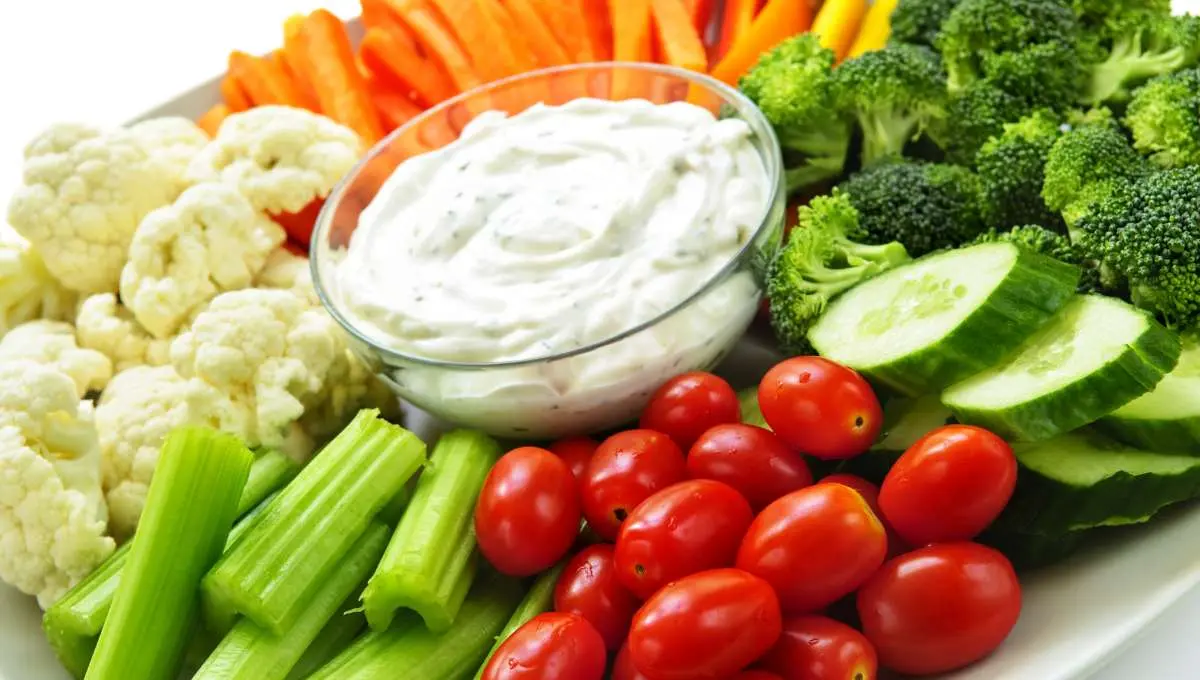
Possible Downsides and How to Mitigate Them
Preparing your veggie tray in advance may lead to some drawbacks if not done carefully. One potential downside is the risk of the vegetables becoming soggy or wilted. To mitigate this, make sure to store the prepped vegetables correctly. Use airtight containers and consider adding a paper towel to absorb excess moisture. Additionally, avoid adding dips or dressings until closer to serving time to maintain the freshness of the veggies.
It’s important to note that while prepping in advance offers many benefits, it’s crucial to take precautions to ensure the quality and freshness of your veggie tray. By carefully considering the pros and cons and implementing mitigation strategies, you can enjoy the convenience of early preparation without compromising on taste and presentation.
To wrap up
On the whole, preparing a fresh veggie tray is a great way to provide healthy snacking options for your guests. By following the do’s and don’ts mentioned above, you can ensure that your veggie tray is not only visually appealing but also safe and delicious. Remember to wash and cut your vegetables properly, choose a variety of colors and textures, and serve with a tasty dip to enhance the overall experience.
With these guidelines in mind, you can confidently create a fresh veggie tray that will be the star of your next gathering. By paying attention to details and using the freshest ingredients available, you can impress your guests and promote healthier eating habits at the same time. So, the next time you’re planning a party or event, consider putting together a fresh veggie tray following these do’s and don’ts for a guaranteed crowd-pleaser!
FAQ
Why is it important to wash vegetables before preparing a fresh veggie tray?
Washing vegetables removes dirt, pesticides, and bacteria that may be present on the surface, ensuring they are safe to consume.
How should vegetables be cut for a fresh veggie tray?
Vegetables should be cut into bite-sized pieces for easy consumption. Carrots can be sliced, cucumbers can be speared or sliced, and cherry tomatoes can be left whole.
How far in advance can I prepare a fresh veggie tray?
It is recommended to prepare a fresh veggie tray 1-2 hours before serving to ensure that the vegetables remain fresh and crisp.
What are some popular dips to serve with a fresh veggie tray?
Popular dips for fresh veggie trays include ranch, hummus, tzatziki, and guacamole. These dips complement the vegetables and add flavor to the tray.
How should a fresh veggie tray be stored if there are leftovers?
If there are leftovers, cover the fresh veggie tray with plastic wrap and refrigerate it. Leftover vegetables can be stored for up to 2 days, but it is best to consume them as soon as possible for the freshest taste.
